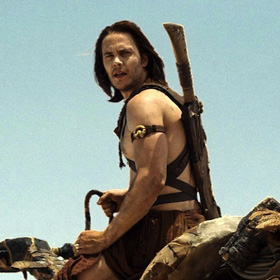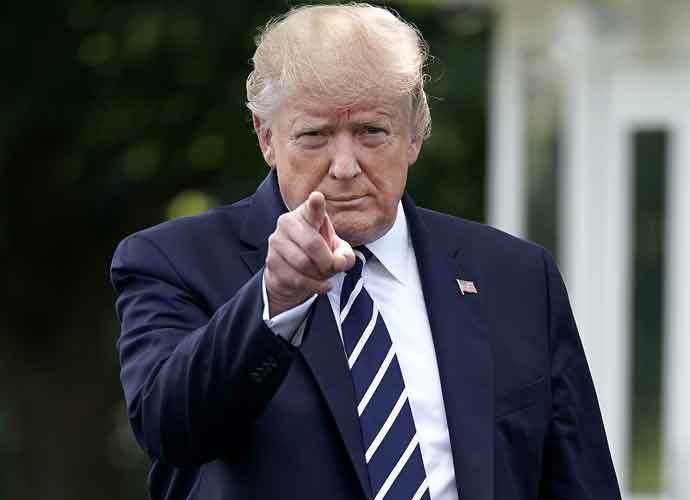John Carter

2.5/5
Where did Disney go wrong with John Carter? By now, that seems like the only question worth asking, given the film's epic budget shortfall on opening weekend. Earning only $30.6 of its $250 million budget domestically, it came in an embarrassing second place to The Lorax. It is a question we have grown accustomed to over the past four years, particularly about economic and political matters. Remember Lehman Brothers? Remember Rick Perry? Wasn't John Carter, to borrow a phrase, too big to fail?
The film had a brand name mastermind — director Andrew Stanton — whose animated Pixar creations such as Finding Nemo and Wall-E wowed critics and earned huge box office totals. With a budget that would make God blush, the film stacked up on the best-of-the-best CGI wizards and a roster of trustworthy TV actors (Taylor Kitsch, Bryan Cranston) just waiting to become huge movie stars. And with a creative concept so foolproof by Hollywood standards — a Civil War anti-hero lands on Mars and fights to save a dying race of blue-blooded aliens, while also falling hopelessly in love with a Martian princess — you would've thought audiences would have been more forgiving of John Carter's shortcomings.
Oh, yes — shortcomings. Start with Edgar Rice Burroughs, the American author of the text upon which John Carter is based, who between the years of 1912 and 1950 became successful writing pulpy fantasy serials and novels, among them the sensational Tarzan of the Apes. Burroughs, who is also a character in the film, is not what you would call an iconic literary genius; schoolchildren nowadays don't encounter him in the classroom. Nor should they — his work takes liberties not just with facts known scientifically in our own universe but with those he makes up himself, all with the aim of increased spectacle.
John Carter the film often takes great pains to explain how an earthling was transported to Mars (a telegraph theory that makes absolutely no sense), why he can jump so high and kill with a single blow to the jaw (something he only does once, by accident) and what motivates Carter to abandon his plan to return home (the princess reminds him of his buried wife). No wonder Burroughs' Mars tales took such a lengthy journey to the big screen; at first glance they seem ripe and colorful for the cinema, but at a second it's easy to see that they are rotten with just the kind of lazy inaccuracies that so enrage moviegoers. Scriptwriters Stanton, Mark Andrews and Michael Chabon must have been at their wit's end.
And it shows, not just in the catch-as-catch-can way the film was marketed, but in the final product, too. With so much time required to establish the rules of this sci-fi world, the film must rush through its climax and ending(s) in a way that James Cameron would never have allowed. The film is also undermined by its own attempts at uncomfortable resolutions between distinctly Disney and non-Disney brand elements. You can almost hear the transcript of the round table storyboard discussions as the film progresses. Sagging with too much tribal politics here? Throw in a lovable puppy character! Losing our male audience with this mushy love story stuff? Quick — send Carter back to earth, turn him into Indiana Jones and have him fight some more bad guys.
The interesting thing is that none of these blurry details or PG-13 card tricks really wrecks John Carter outright; they are more like spare parts where one would expect custom-made originals. The brains behind the film set out, with all the tools they needed, to problem-solve their way through an adaptation of a somewhat marginally admired text — and succeeded, at times beautifully. But in times of economic and political uncertainty, moviegoers most supplement their diminishing funds with the kind of discretion that John Carter shrinks from. With your big budget and your big names, audiences asked, what makes you so sure you deserve our attention? I'm not sure, the film answered back.
Wrong answer.
RELATED ARTICLES
Get the most-revealing celebrity conversations with the uInterview podcast!







Leave a comment